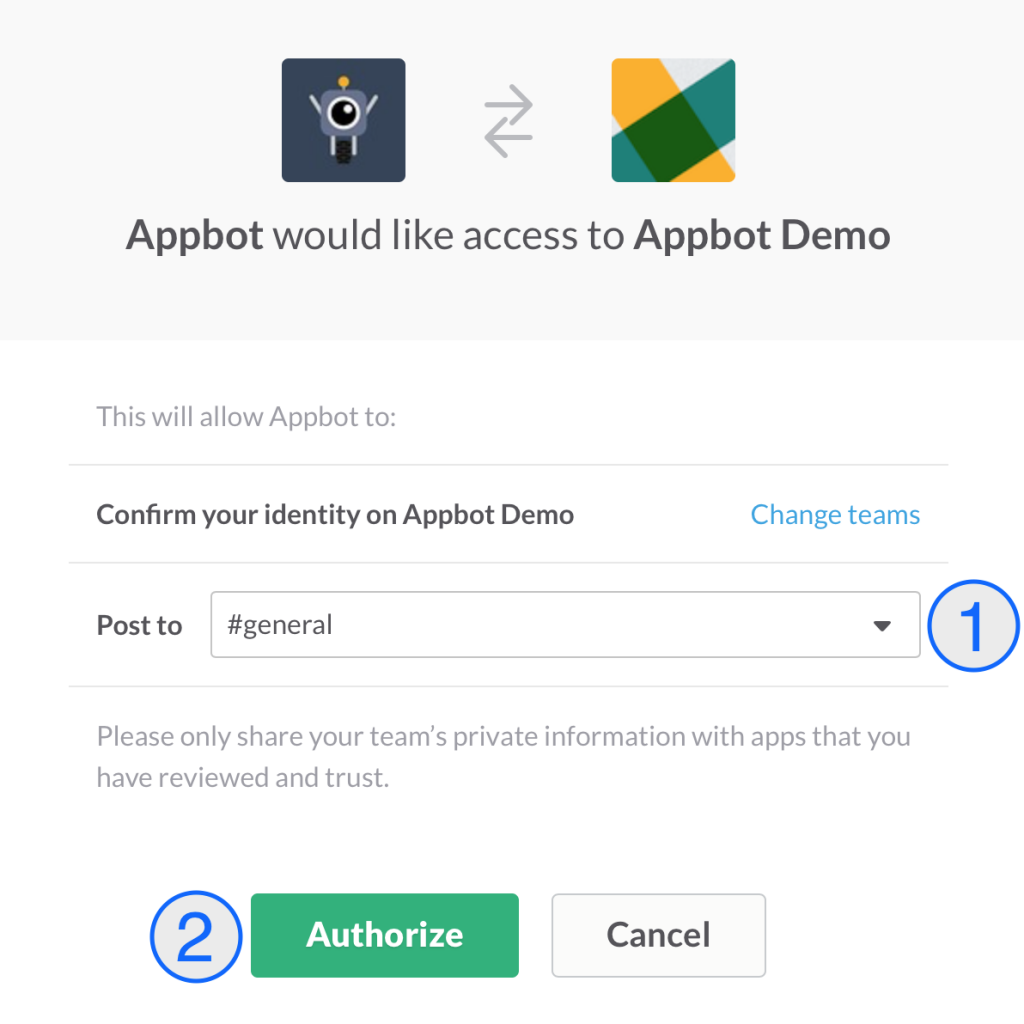
Using Keysmith, I recorded myself reacting to a message with each of these using the keyboard shortcut from above, ⌘⇧\ You've probably found yourself frequently using the same few emojis to react to messages in Slack.įor me, its 👍 and a custom emoji called "aviators".
Slack app download link broken mac#
Frequently used reactjis with Keysmithįor these next few shortcuts, we're going to be using Keysmith, a Mac app that lets you create custom keyboard shortcuts. Tip: Create emojis of your coworkers for even more fun. So to quickly react with a 💥, hit ⌘⇧\, type "boom", then hit Return. ⌘⇧\ (that's Command-Shift-Backslash) lets you quickly react to the last message by popping open the emoji picker with a search bar. This, combined with the ability to add custom emoji to a workspace, is my favorite part of using Slack. One of Slack's most fun features is reacting to messages with emoji ("reactjis"). I keep my 3 most commonly used workspaces in spots 1-3 so I can quickly glance at which number key to hit to jump there.Īlternatively, if you press and hold ⌘ for a couple seconds, numbers will show up on each workspace's icon corresponding to the right key. You can rearrange your workspaces by clicking and dragging their icons in the left sidebar, and it's according to that order that each workspace is assigned a shortcut from ⌘1 through ⌘9. It's common nowadays to be part of multiple Slack workspaces, which show up in a vertical stack along the left side of Slack.

Slack app download link broken full#
If you'd like to receive a full Root Cause Analysis (RCA) report, please reach out to to request one.By far my most commonly used shortcut, ⌘K opens up a channel switcher in Slack no matter where you are in the app. We continued to closely monitor the situation until we had full confidence the issue was resolved and no further impact would reoccur. By 9:14 AM PST, everyone should have been able to connect to Slack again after reloading their app or browser tab. This allowed the system to recover while steadily restoring full access to all users. With traffic distributed across the additional databases, we gradually lifted the rate limits to allow more people to connect to Slack.

We reinstated the rate limits and redirected some traffic to the database replicas to relieve the demand on our primary databases. However, we moved too quickly and the increased activity affected the system again. Once the system had stabilized, we began lifting these rate limits to enable more connections to Slack. This meant that some people could not access Slack at all, but also that Slack would continue working for those who were already connected.

We introduced tighter rate limits on connection requests to reduce the load on the system. Due to this increased activity, the affected databases failed to serve incoming requests to connect to Slack. On Februfrom 6:00 AM PST to 9:14 AM PST, customers may not have been able to access Slack.Ī configuration change inadvertently lead to a sudden increase in activity on our database infrastructure.


 0 kommentar(er)
0 kommentar(er)
